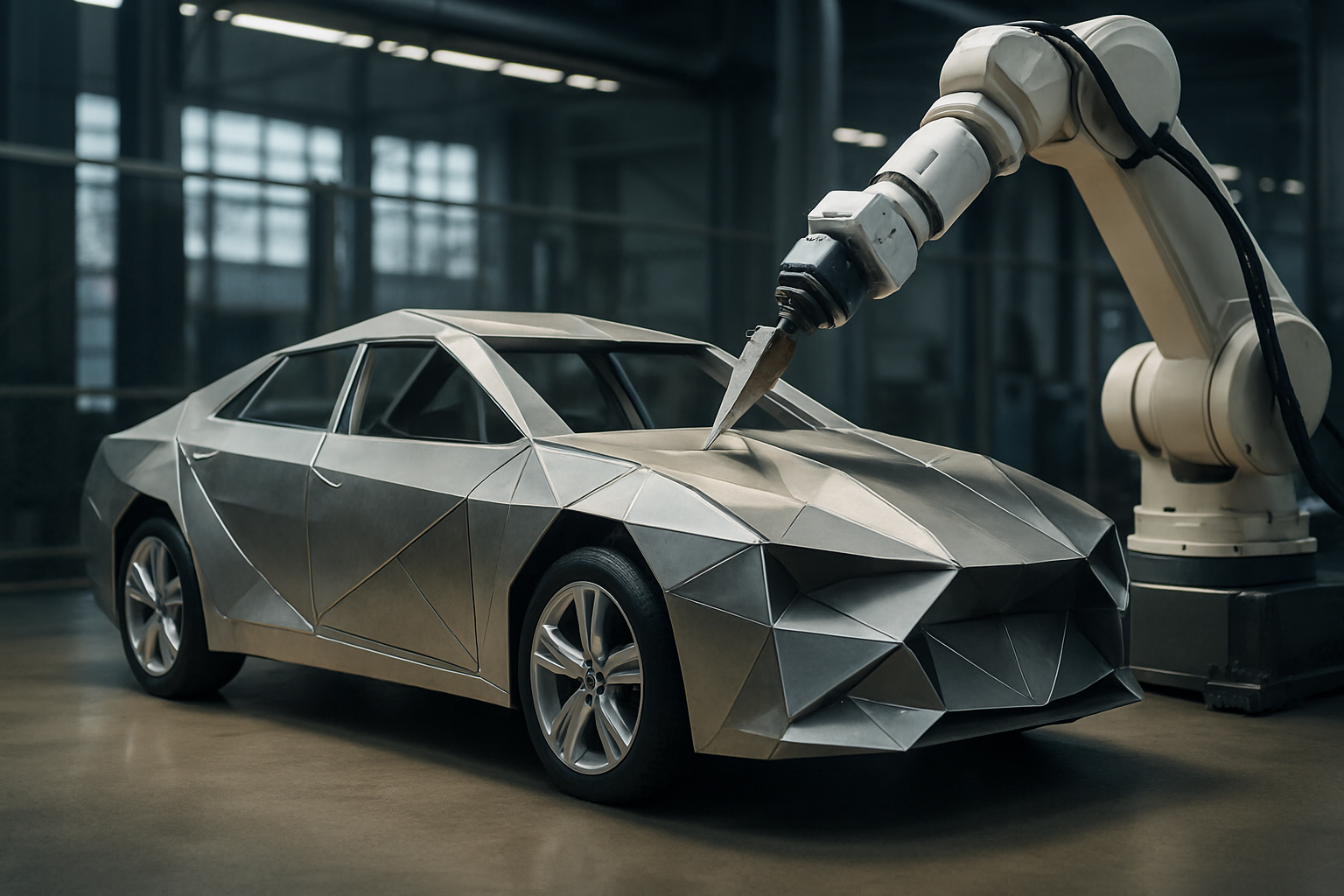The Hidden World of Automotive Olfactory Engineering
Imagine stepping into a brand-new luxury vehicle and being enveloped by that distinct "new car smell." This iconic scent is no accident; it's the result of meticulous olfactory engineering. But what lies behind this sensory experience, and how does it impact our perception of automobiles? Let's delve into the fascinating world of automotive scent design.

The goal of this engineering is not just to create a pleasant smell, but to evoke specific emotions and associations that enhance the overall driving experience. For instance, luxury car manufacturers might aim for a scent that conveys sophistication and quality, while sports car makers might opt for something more invigorating and energetic.
The Evolution of New Car Smell
The concept of a “new car smell” has been around since the early days of automotive manufacturing, but it has evolved significantly over time. In the past, this scent was largely a byproduct of the materials and manufacturing processes used in vehicle production. However, as awareness of the potential health impacts of certain VOCs grew, automakers began to take a more intentional approach to interior aromas.
Today, the new car smell is carefully crafted to be both appealing and safe. Many manufacturers have moved away from potentially harmful compounds and towards more natural and sustainable alternatives. This shift has led to the development of new technologies and methodologies in scent creation, pushing the boundaries of what’s possible in automotive olfactory engineering.
Cultural Variations in Automotive Scents
Interestingly, the ideal new car smell varies significantly across different cultures and markets. What’s considered appealing in one country might be off-putting in another. For example, studies have shown that Chinese consumers generally prefer a more neutral or “no smell” interior, while American buyers often expect and appreciate the traditional new car scent.
This cultural variation has led to the development of market-specific scent profiles. Automakers now tailor their olfactory engineering to suit the preferences of different regions, creating unique scent experiences for each market. This localization of smell is a testament to the importance of olfactory perception in the overall automotive experience and the lengths to which manufacturers will go to satisfy consumer preferences.
Beyond New Car Smell: Ongoing Scent Management
The work of automotive olfactory engineers doesn’t end once a new car rolls off the production line. Many luxury automakers are now developing systems to maintain a pleasant interior scent throughout the vehicle’s lifetime. These systems range from simple air fresheners to complex, integrated scent diffusion systems that can be controlled via the car’s infotainment system.
Some high-end vehicles even offer customizable scent options, allowing drivers to select from a range of fragrances to suit their mood or preferences. This level of personalization represents a new frontier in automotive comfort and luxury, elevating the importance of smell in the overall driving experience.
The Future of Automotive Olfactory Engineering
As we look to the future, the field of automotive olfactory engineering is poised for significant innovation. With the rise of electric vehicles, which lack the traditional engine smells associated with combustion engines, there’s an opportunity to completely reimagine the olfactory experience of driving.
Researchers are exploring the use of scent to enhance driver alertness and reduce stress during long journeys. There’s also potential for scent to play a role in augmented reality experiences within vehicles, creating more immersive environments for both drivers and passengers.
Additionally, as concerns about air quality continue to grow, we may see increased integration between olfactory engineering and air purification systems in vehicles. This could lead to cars that not only smell good but actively contribute to cleaner, healthier air for occupants.
The world of automotive olfactory engineering is a fascinating blend of science, art, and psychology. As vehicles continue to evolve, becoming more than just modes of transportation, the role of scent in creating a complete sensory experience will only grow in importance. From enhancing brand identity to improving driver well-being, the future of automotive scent design holds exciting possibilities that will continue to shape our relationship with cars in subtle yet profound ways.





